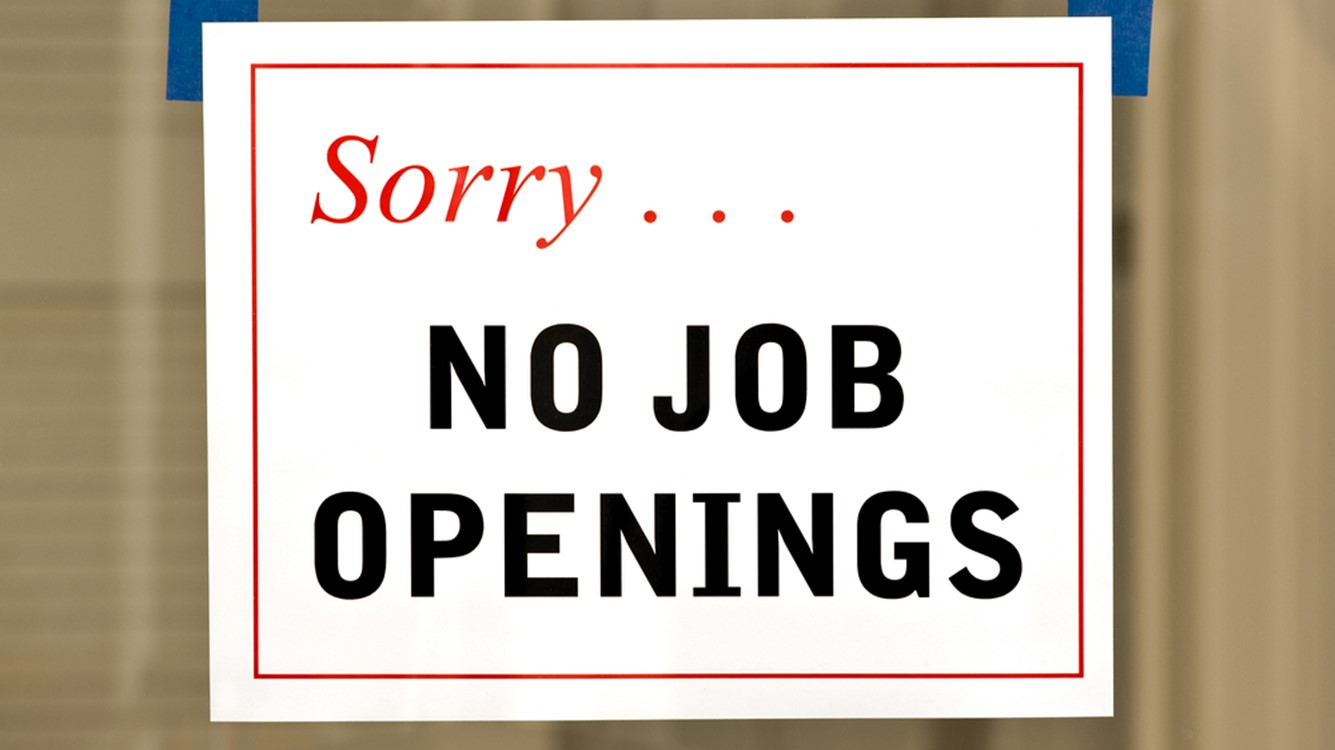Lower labor demand as expected
The cooling of labor demand was widespread, especially in Sunbelt states.

December 15, 2023
Job openings decreased by 617,000 to 8.7 million in October, reversing the upward trend observed in the previous two months. This decline was largely anticipated based on high-frequency data sources. October’s total job openings number hit the lowest level since March 2021.
A total of 41 states, along with the District of Columbia, experienced decreases in job openings. The most significant declines appeared in Tennessee, California and Illinois, which together accounted for 31% of the total reduction in job openings.
Following a recent surge, Tennessee's job openings fell below its August level. Additionally, the state's unemployment rate has risen from its historic low in the summer months, indicating a relaxation in the previously tight labor market.
The ratio of job openings to unemployed job seekers fell to 1.3 in October, the lowest in more than two years. In total, 40 states, including the District of Columbia, recorded ratios at or above the national average. North Dakota and Maryland posted ratios of three or higher, suggesting there were more than three job openings for every unemployed job seeker. In contrast, California and New Jersey reported some of the nation's lowest ratios at 0.9, indicating fewer than one job available per unemployed individual. October marked the beginning of some states experiencing a cooldown in labor demand. Further declines in job openings to unemployed job seekers ratios are expected in the coming months.
While hiring has started to cool, the pace remains uneven across the country. Hiring slowed in October, with Kentucky, Louisiana and Alabama seeing declines in hire rates. However, Texas reported an increase of 86,000 new hires, recovering from a dip in September. The labor market dynamics in the Sun Belt states, which have seen significant population and business growth in recent years, will be a bellwether for national trends.
Layoffs increased by 32,000 in October, with northeastern states like New Jersey, Pennsylvania and Massachusetts experiencing the largest increases. Conversely, Midwestern states such as Minnesota, Missouri and Kansas reported lower levels of layoffs. The United Auto Workers’ (UAW) strike in October did not significantly impact layoff numbers in the Midwest. As the strike concluded in November, its impact on national layoff figures is expected to be limited.
The total number of quits in October remained roughly unchanged. While regional differences persist, most states have reverted to their 2019 quits levels. This decline has continued to narrow the wage premium for job hoppers. Both public and private data indicate a significant decrease in the wage premium for those changing jobs. Furthermore, wages for new job postings are on a downward trend. This trend affects both experienced and new workers, with lower percentages of wage increases. The Federal Reserve views this deceleration in wage growth positively. As inflation cools, steady wage growth will benefit workers, with their earnings outpacing price levels. This situation contrasts with 2021 and 2022, when rising wages were eroded by inflation.
Job openings and wages will continue to cool in the final quarter of the year.
George Rao, KPMG Economist
Bottom Line
The slowdown in job openings in October corroborates other indicators pointing to a cooling labor market. Data from job posting websites indicate that job openings and wages will continue to cool in the final quarter of the year. As Fed Chairman Jay Powell noted, a better-balanced labor market will ease upward pressures on wages and prices. This, coupled with cooling inflation, is the rationale behind the Fed's projection to not increase interest rates further next year.
Explore more

Job openings mask cooling labor demand
Declining wages signal a better labor market balance.

KPMG Economics
A source for unbiased economic intelligence to help improve strategic decision-making.

The Fed’s final round… Special biannual report
The economy will slow into the first half of 2024.
Meet our team

Subscribe to insights from KPMG Economics
KPMG Economics distributes a wide selection of insight and analysis to help businesses make informed decisions.
